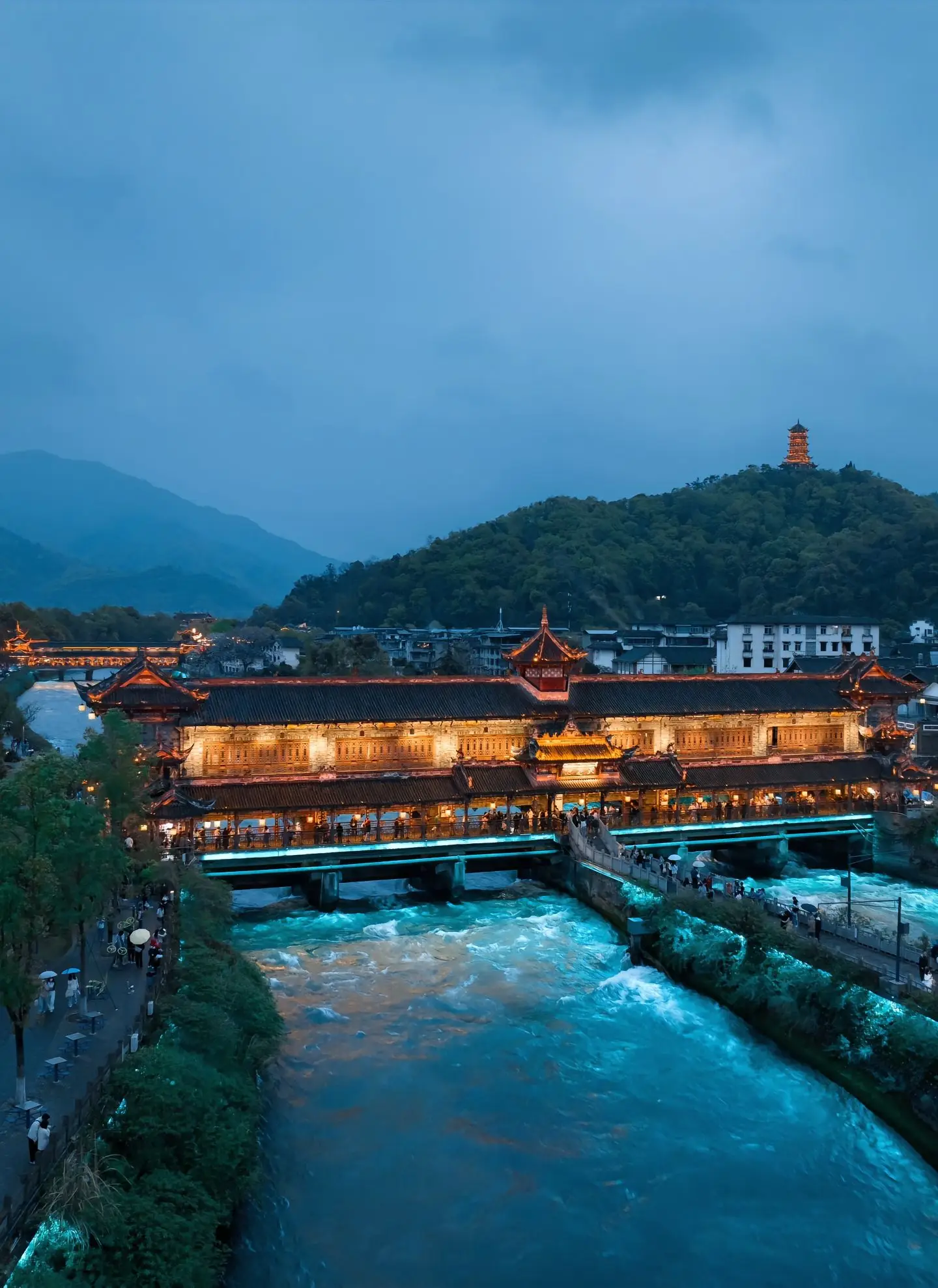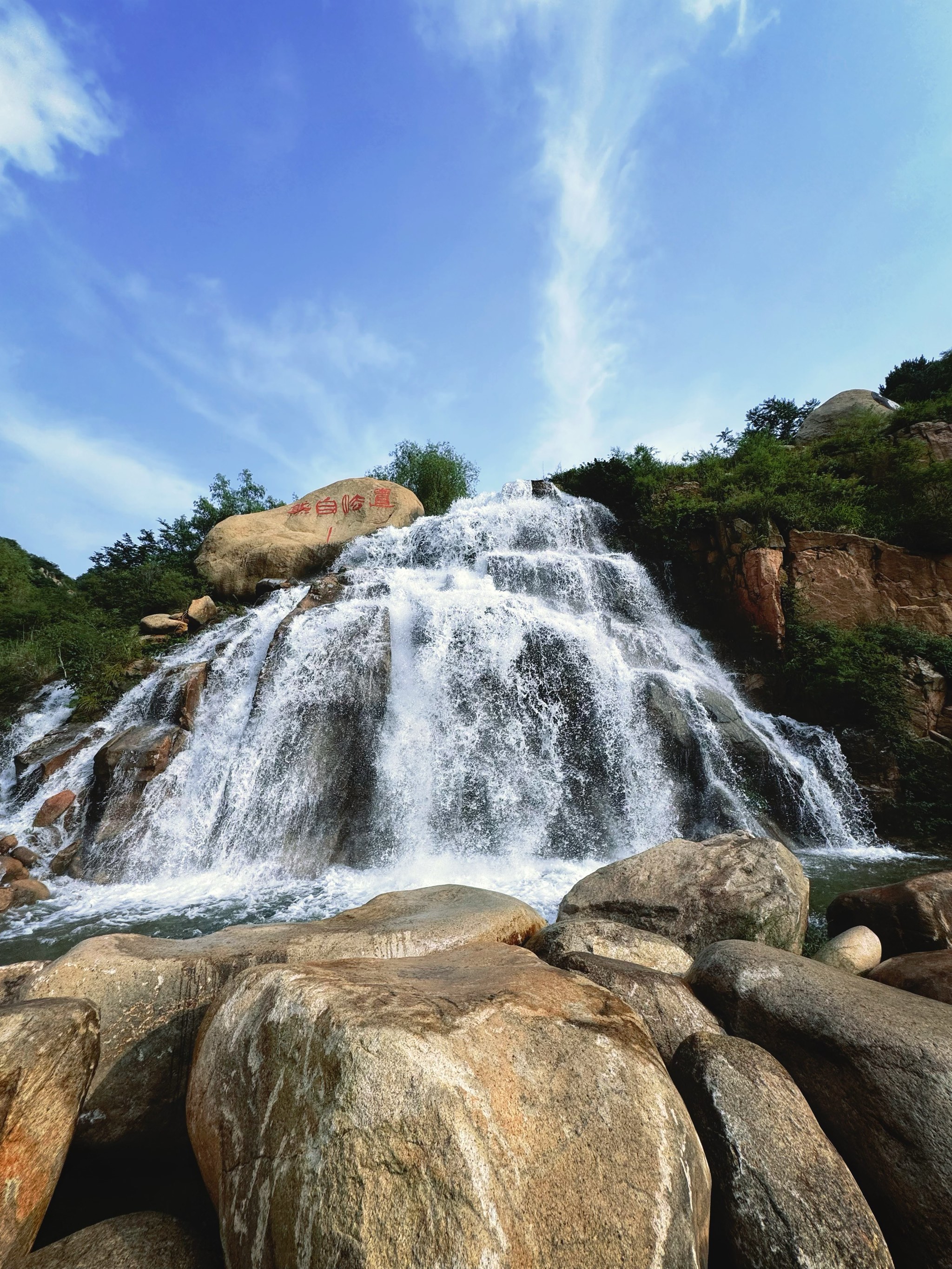So, you're dreaming of that iconic American adventure. The images are vivid in your mind: the torch of liberty against a New York skyline, the vast, rust-colored expanse of the Grand Canyon, the glittering lights of the Las Vegas Strip. Turning that dream into a seamless, unforgettable reality is what this planner is all about. We understand that planning a trip across the U.S. can feel overwhelming. The country is massive, and the options are endless. This guide is designed to be your trusted companion, breaking down the journey into manageable steps, offering insider tips, and helping you craft the perfect itinerary tailored to your travel style, whether you're a first-time visitor or a seasoned explorer returning for more.
The first and most crucial step is defining the scope of your adventure. Are you drawn to the fast-paced energy and historical landmarks of the East Coast, the breathtaking natural wonders and iconic urban landscapes of the West, or something in between, like the musical soul of the South or the rugged beauty of the Pacific Northwest? A classic two-week vacation simply won't cover it all, and trying to do so will leave you exhausted. It's far better to deeply explore one or two regions than to skim the surface of the entire country. For a first-time visitor, a combination of the East Coast's historical corridor and the West Coast's natural grandeur is a popular and rewarding choice. Consider a "triangle" trip: flying into New York City, then to Las Vegas, using it as a base for the Southwest's national parks, and finally flying to California before heading home.

Once you have a general region in mind, it's time to get specific with your destination wish list. Let's delve into some of the top-tier American tourist attractions and what they offer. In the Northeast, New York City is a universe unto itself. A comprehensive visit to the Statue of Liberty and Ellis Island is a half-day journey that immerses you in the nation's immigrant story. Walking across the Brooklyn Bridge offers unparalleled skyline views, and spending an afternoon getting lost in Central Park provides a necessary respite from the urban buzz. Further south, Washington D.C. is a pilgrimage for history buffs. The great part of planning a trip here is that the core attractions, including the Smithsonian museums and the National Mall monuments, are largely free to enter. A moonlight tour of the Lincoln Memorial, Jefferson Memorial, and Washington Monument is an experience that is both powerful and photogenic.
The American West is synonymous with epic landscapes. A Grand Canyon vacation is a must for any nature lover. The South Rim is open year-round and offers the most iconic viewpoints, while the North Rim is more remote and has a shorter season. For the active traveler, hiking even a short way down into the canyon on a trail like the Bright Angel provides a perspective that simply can't be gained from the top. Many visitors pair this with a trip to Utah's Mighty 5 road trip, which includes Arches, Zion, and Bryce Canyon National Parks. The otherworldly rock formations in these parks will make you feel like you've landed on another planet. Further north, Yellowstone National Park travel requires careful planning. This vast park is home to geysers like Old Faithful, colorful hot springs, and an abundance of wildlife. You must book accommodations inside the park many months in advance, or consider staying in a gateway town like West Yellowstone or Cody.
California presents its own unique blend of urban excitement and natural beauty. A Los Angeles to San Francisco road trip along the Pacific Coast Highway is one of the world's great driving adventures. You'll wind along cliffs overlooking the ocean, stop in charming towns like Monterey and Carmel-by-the-Sea, and have the chance to tour the magnificent Hearst Castle. Your city guides for these two hubs will differ greatly. In L.A., you'll want to see the Hollywood Walk of Fame, find the best views from the Griffith Observatory, and explore vibrant coastal communities like Santa Monica and Venice Beach. San Francisco is best explored by riding its famous cable cars, visiting Alcatraz Island (book tickets well ahead!), and walking across the Golden Gate Bridge.
For families, the ultimate destination is often a Florida theme park resort vacation. Walt Disney World in Orlando is a massive undertaking that benefits immensely from a strategy. Using the official app to make ride reservations (like Lightning Lanes) and dining reservations is non-negotiable for a smooth experience. Beyond the mouse, Orlando is also home to Universal Studios, which is a paradise for fans of Harry Potter and thrill rides. If you need a break from the simulated worlds, the beaches of Miami, with their Art Deco architecture and vibrant culture, offer a completely different Florida experience.
Now, let's talk about the practicalities of building your U.S. travel itinerary. Timing is everything. The summer months (June-August) are the peak tourist season across most of the country. This means great weather, but also large crowds and higher prices for flights and hotels. The shoulder seasons—spring (April-May) and fall (September-October)—are often ideal, with pleasant temperatures and fewer visitors. A winter trip can be magical, whether you're skiing in the Rockies, experiencing the holiday decorations in New York City, or escaping the cold in the deserts of Arizona, but be sure to check for seasonal closures, especially in mountainous national parks.
Creating a realistic budget is your next step. The United States can be an expensive destination, but costs can be managed. Transportation will be a major factor. Domestic flights between regions can be pricey; booking several months in advance often yields the best deals. For exploring a specific region, nothing beats the freedom of a classic American road trip. Remember to factor in the cost of rental car insurance, gas, and potential tolls. Accommodation ranges from budget-friendly motel chains and a growing number of hostels to mid-range hotels and luxury resorts. Consider your priorities—a cheaper hotel further from the city center might save money but cost you time in commuting.
Packing for the U.S. requires preparation for diversity. If your trip spans multiple climates, layering is key. Comfortable walking shoes are absolutely non-negotiable; you will be on your feet far more than you anticipate. For any national park adventure, sturdy footwear, a reusable water bottle, and a daypack are essential. Remember that the U.S. uses a different electrical plug (types A and B) and voltage (120V) than many other countries, so you will likely need a power adapter and converter for your devices.
Navigating the country is a key part of your planning. The public transportation systems in major cities like New York, Washington D.C., and San Francisco are robust and can be your best way to get around. However, for national parks, scenic drives, and smaller towns, a rental car is virtually mandatory. The interstate highway system is efficient for covering long distances, but the real magic often lies on the smaller, scenic byways. If you are not used to driving long distances, be realistic when mapping out your daily routes. A 500-mile drive looks manageable on a map, but it represents a full, tiring day on the road.
To tie it all together, let's imagine a sample 10-day Southwest itinerary focusing on natural wonders. Day 1: Fly into Las Vegas, pick up your rental car, and experience the Strip at night. Day 2: Drive to the South Rim of the Grand Canyon (about 4.5 hours). Watch the sunset over the canyon. Day 3: Spend the day exploring the South Rim by shuttle bus and on foot. Hike a portion of the South Kaibab Trail. Day 4: Drive to Page, Arizona (about 2.5 hours). In the afternoon, take a guided tour of Antelope Canyon, a stunning slot canyon. Day 5: Visit Horseshoe Bend, then drive to Springdale, Utah, the gateway to Zion National Park (about 2 hours). Day 6: Spend the day in Zion. Hike the iconic Angels Landing (if you have a permit and a head for heights) or the breathtaking Narrows through the river. Day 7: Drive back to Las Vegas (about 2.5 hours), perhaps with a stop at the Valley of Fire State Park. Day 8: Fly home. This is a fast-paced itinerary that showcases some of the best sights, demonstrating how strategic planning creates a logical and efficient flow.
Ultimately, the goal of this planner is to empower you. The United States is a land of incredible diversity, and with careful, thoughtful preparation, your trip can be so much more than just checking sights off a list. It can be a journey of discovery, creating memories that will last a lifetime. The open road, the soaring monuments, the quiet grandeur of an ancient forest—these experiences await. All that's left is to take that first step and start planning. Your American adventure is closer than you think.




发表评论